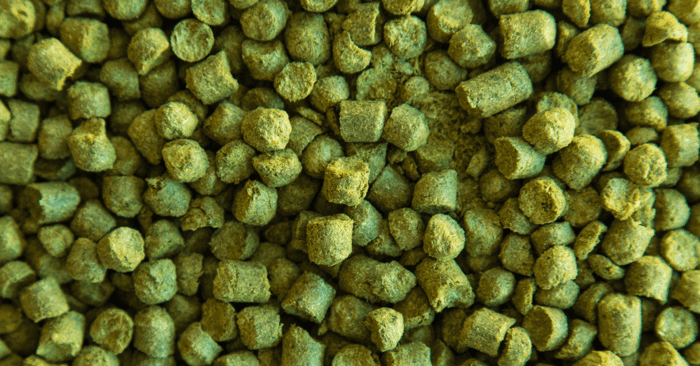Brewing traditions across Europe have always emphasized patience and precision, but sometimes our conventional wisdom deserves a fresh look. When it comes to mash scheduling, many of us follow established patterns without questioning whether they're truly optimal for our specific brewing goals.
Dave from our team has been conducting fascinating experiments with mash timing, and his findings challenge some long-held assumptions about enzymatic conversion. If you're interested in fine-tuning your brewing process and achieving more predictable results, these insights could revolutionize your approach.
Enzymatic Activity: The Foundation of Conversion
Understanding enzyme behavior forms the cornerstone of effective mashing. Each enzyme family operates within specific temperature parameters, contributing distinct characteristics to your wort:
Cytolytic Activity (40-53°C): Endoglucanase and beta-glucanase enzymes target cellular structures, preparing grain starches for subsequent conversion. This preliminary breakdown proves essential for accessing the full potential of your grain bill.
Proteolytic Phase (45-50°C): Various peptidase enzymes systematically break down protein structures into amino acids crucial for healthy fermentation. This process directly impacts head retention, body, and yeast nutrition.
Saccharification Range (35-75°C): Alpha and beta amylase enzymes collaborate to convert starches into fermentable sugars. This represents the primary conversion phase where timing becomes particularly critical.
Research demonstrates that saccharification achieves approximately 80% completion within 15 minutes at 67°C. This raises important questions about traditional mashing schedules and their actual necessity.
Comparative Analysis: Imperial Stout Case Study
Dave selected imperial stout for this investigation due to its demanding requirements – substantial alcohol content balanced with appropriate body and mouthfeel. Using identical recipes with varying mash durations at 66.7°C provided clear comparative data.
Grain Profile Composition:
- Marris Otter: 64% (base malt foundation)
- Munich: 10% (enhanced malt character)
- Brown Malt: 9% (complexity contribution)
- Roasted Barley: 4.4% (signature stout character)
- Dark Crystal: 4.1% (caramel notes)
- Chocolate Malt: 3.7% (roasted depth)
- Amber: 3.7% (color and flavor)
- Black Malt: 1.1% (final roast adjustment)
Short Duration Results (20 Minutes)
The abbreviated mash produced 61% extract efficiency with 45.2% fermentable extract. While this approach maximized body and mouthfeel – desirable characteristics for imperial stout – it significantly compromised alcohol potential and grain utilization efficiency.
This technique might suit lower-gravity styles where body takes precedence over strength, particularly traditional mild ales or certain Continental dark lagers.
Standard Duration Analysis (60 Minutes)
Traditional timing delivered 62.8% extract efficiency and 48.5% fermentable extract percentage. This balanced approach provided adequate gravity for imperial stout requirements while maintaining sufficient body and complexity.
The results validate conventional wisdom for most brewing applications, particularly when balancing efficiency concerns with flavor development.
Extended Duration Evaluation (120 Minutes)
Prolonged mashing achieved 63.6% extract efficiency and 50.7% fermentable extract. While maximizing alcohol potential, the extended conversion period produced a noticeably thinner, drier final product lacking the rich mouthfeel expected from premium stout styles.
This approach suits high-gravity brewing where maximum attenuation takes priority over body retention.
Efficiency Considerations: Shortened mashes significantly impact grain utilization, requiring larger grain bills for equivalent gravity. This factor particularly affects brewing economics and storage requirements.
Temperature Integration: Combining extended mash times with reduced temperatures (65°C) often provides superior results compared to high-temperature, short-duration alternatives. Lower temperatures maintain enzyme stability throughout extended conversion periods.
Style-Specific Optimization: Match mash duration to style requirements. Session strength beers benefit from shorter mashes emphasizing body, while high-gravity styles require extended conversion for adequate fermentability.
Quality Control Through Documentation
Systematic record-keeping enables consistent reproduction of successful results. Document extract efficiency, fermentable extract percentage, and sensory evaluation results for each mash schedule variation.
Consider implementing graduated timing adjustments rather than dramatic changes. Fifteen-minute increments provide sufficient data for optimization without risking entire batches.
The relationship between mash temperature and duration creates opportunities for precise wort composition control. Higher temperatures accelerate initial enzyme activity but may compromise overall efficiency through premature enzyme denaturation.
Lower temperatures maintain enzyme viability longer, enabling extended conversion periods that maximize extract yield while preserving enzyme function.
Have you explored non-traditional mash scheduling in your brewing practice? Understanding these relationships opens new possibilities for recipe development and style interpretation.
L'équipe du Grainfather










